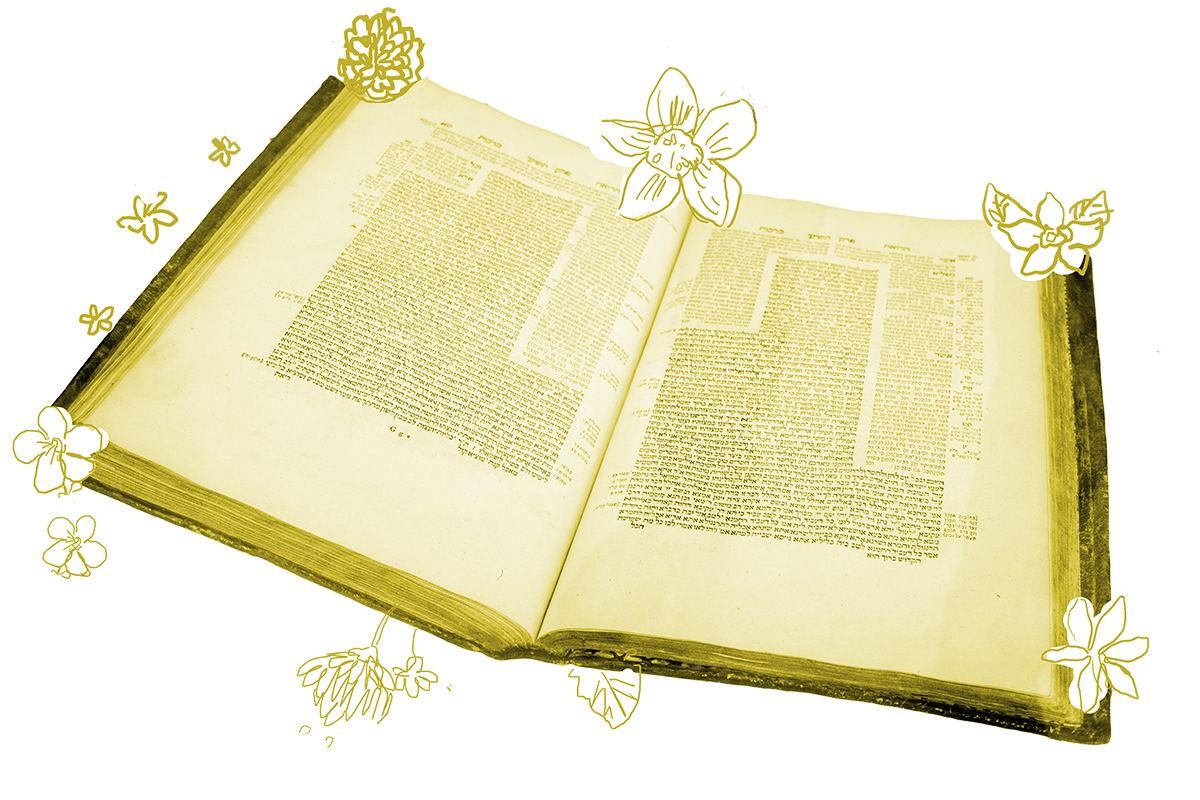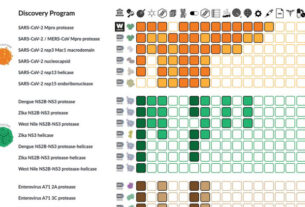Today’s daf introduces us to two people we may not have met before in our journey through the Talmud — Rabbi Malkiyu and Rabbi Malkiyah. Neither appears a lot in the Talmud, so their mention here is an opportunity to explore them in more depth.
We first meet Rabbi Malkiyu, a fourth-generation Babylonian Amora (later rabbi) in a discussion about whether one can move a skewer on a festival once it has already served its purpose — and therefore using it is not necessary for the festival itself:
Rav Yehuda said that Shmuel said: With regard to a skewer upon which one roasted meat, it is prohibited to move it on a festival.
Rav Adda bar Ahava said that Rav Malkiyu said: He may pull the skewer out and place it in a corner.
Can we clean up after ourselves on the holiday if it won’t help with our observance of the holiday? Rabbi Malkiyu says yes.
This dispute leads the anonymous editors of the Gemara to a statement by Rav Hinnana, son of Rav Ika, which lists two other halakhic positions attributed to Rabbi Malkiyu: a halakhah about what kinds of work slaveholding women can be required to do by their husbands, and a halakhah about how we determine if a girl has gone through puberty. So far so good.
But then Rav Hinnana, son of Rav Ika, offers an important clarification. While Rabbi Malkiyu taught these three halakhot, three other halakhot — a halakhah governing how Jews can cut non-Jews’ hair, a halakhah about not simulating a tattoo (even accidentally), and a halakhah about cheese made by non-Jews — were actually taught by Rabbi Malkiyah, not Rabbi Malkiyu. Recognizing that these two names are very similar, Rav Hinnana, son of Rav Ika, tries to head off any confusion.
Rabbi Malkiyah was a third-generation Babylonian Amora, which meant he was a generation older than Rabbi Malkiyu. But the differences between the two are more than generational. Rabbi Malkiyu’s halakhot seem to be most interested in issues relating to women and cooking — issues internal to the Jewish community. Rabbi Malkiyah’s halakhot, in contrast, focus on social and professional relations between Jews and non-Jews.
Rav Pappa offers another distinction between the two:
The teachings mentioned above that relate to a mishnah or a beraita were stated by Rav Malkiya, whereas halakhot that are not related to a mishna or baraita were taught by Rav Malkiyu.
The Gemara even offers a mnemonic to remember Rav Pappa’s principle:
The mishna is a queen (malketa — which sounds similar to Malkiyah).
This teaching might lead one to attribute different halakhot to each, based not on theme but on their relationship to the Mishnah.
Rav Hinnana, son of Rav Ika, and Rav Pappa are not willing to simply quote Rabbi Malkiyu’s halakhah about skewers in the context of the discussion about festival cooking and then move on. Instead they stop and delve deep into who Rabbi Malkiyah actually was and what he cared about. The Gemara is going to get back to questions about buying and cooking meat on the festival. But before it does, we get an important reminder that people’s names — spelled correctly — matter. What they teach matters. What they care about matters. And it matters that these names, teachings and interests are attributed to the right person.
Read all of Beitzah 28 on Sefaria.
This piece originally appeared in a My Jewish Learning Daf Yomi email newsletter sent on September 28th, 2021. If you are interested in receiving the newsletter, sign up here.
The post Beitzah 28 appeared first on My Jewish Learning.




